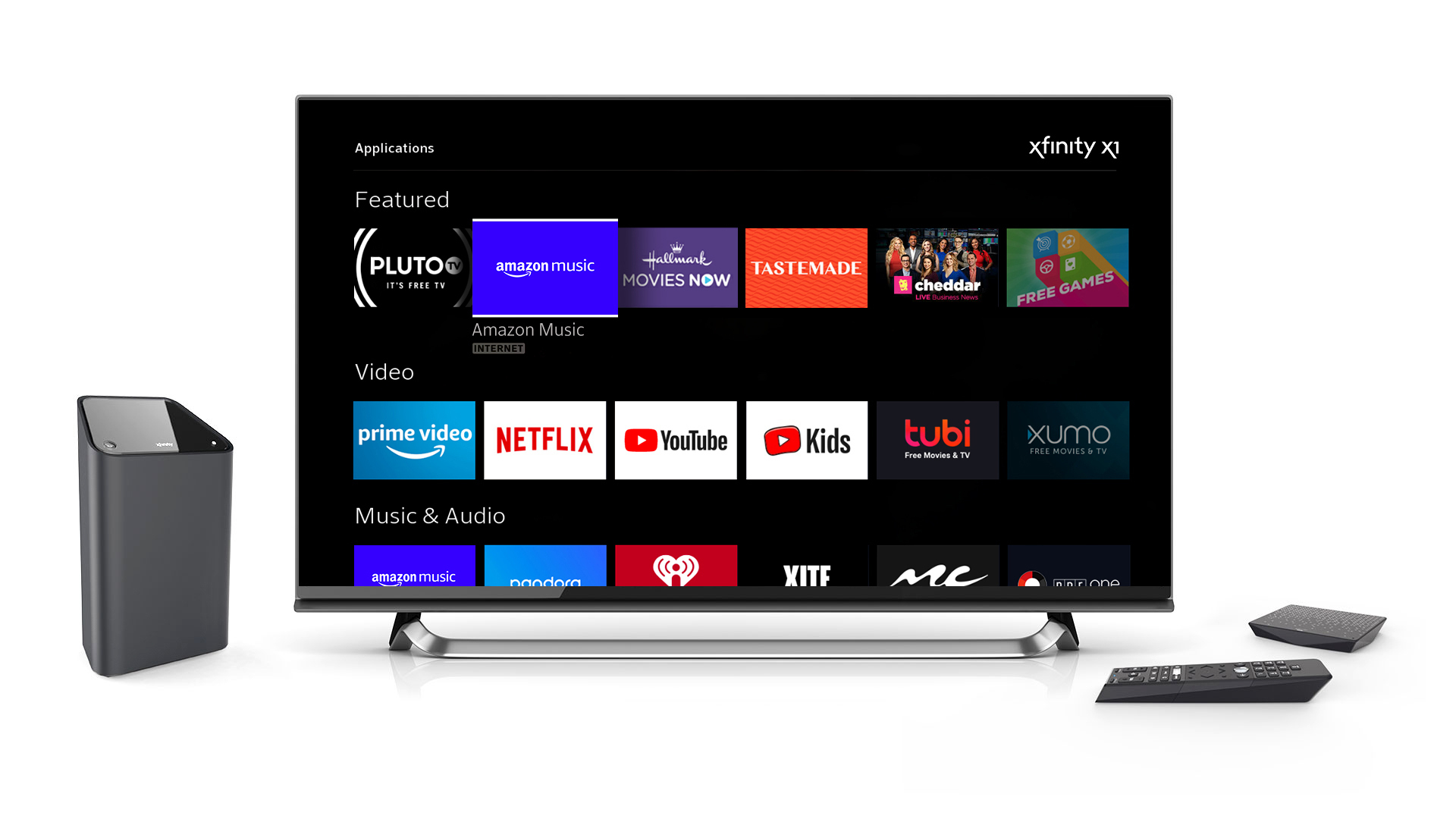Comcast’s Desperate Pulling of TVE Apps on Roku Shows Why It Badly Needs Smart TV Distribution for X1 (Blog)
Cable giant wants to build its own advanced ad ecosystem around Peacock, but it’ll need to control the platform to get that done

Updated 9/22/2020: Shortly after this blog was written, Comcast and Roku came to terms on a new distribution deal that includes support for the Peacock app.
Original story starts here:
The escalating dispute between Comcast and Roku represents a new kind of carriage war. But this time, the cable giant doesn’t control the gate, and the channels it’s pulling probably won’t cause the big bad “operator” to lose too many customers anytime soon.
In fact, watching Comcast somewhat desperately flail at Roku in its attempts to gain app support for Peacock hammers home the cable giant’s need to establish broader distribution for its own video ecosystem, X1, beyond its paywalled garden. Notably, this week, Comcast CEO Brian Roberts even confirmed reports that Comcast is having “early” talks with smart TV markers to better proliferate X1.
Based on today’s news, we think he should probably escalate those discussions.
Also read: Roku Says Comcast is Threatening to Block Users From Streaming NBC Apps
I Believe You Have My Stapler…
Comcast’s demand that Roku pull 46 TV Everywhere channels, including the NBC flagship app, off its OTT platform comes off as, well, a little like the pathetically marginalized Milton in Office Space, seeking the safe return of his stapler. Pay TV subscribers usually access the content on those TVE channels via their assigned set-tops. If they watch those channels on Roku, they view them via a live TV app like AT&T TV, Sling TV or even Comcast’s Xfinity app, which is conspicuously not affected by the dispute.

Generally speaking, a lot of TVE app usage happens on mobile devices, not another set-top box in the living room.
Really, those who have authenticated access to Comcast’s TVE apps already have plenty of other options to watch the content supplied by those apps, including on Roku. So I’m not sure who this is hurting … or helping.
In its response to Comcast’s demand, Roku even noted that the 46 NBCU channels “represent a very small number of streaming hours on our platform.”
But with Roku controlling more than 40% of connected TVs in the U.S., what little recourse does Comcast have in its effort to resolve a carriage dispute that has kept its new streaming service, Peacock, off the top OTT platform since it launched nationally July 15?
It’s a Little Different From the HBO Max Thing
While Roku (and Amazon) seem to be at odds with AT&T/WarnerMedia over “channels”-related disaggregation of HBO Max, the loggerhead with Peacock seems more related to advanced advertising control.
Notably, before Comcast rolled Peacock out nationally as a hybrid OTT service, with both free ad-supported and premium subscription iterations in July, it began in April testing the service on its voice-enabled video system, X1, as well as the thin-client iteration of X1 it offers to broadband-only customers, Xfinity Flex.
Also read: Peacock Ushers in Era of Voice-Activated Ads
Somewhat quietly, within the walled garden of the Xfinity pay TV ecosystem, Comcast has been experimenting with all sorts of new advertising tech, along with national advertisers including Unilever, Target, Verizon, State Farm and Coors. Comcast’s deals with these advertisers allow it to experiment with new formats and measurement techniques.
“The gamut runs from impression-based to cost per engagement to cost per action,” Krishan Bhatia, executive VP of business operations and strategy at NBCU’s ad-sales division, told Variety.
Comcast still has an industry-leading pay TV ecosystem of around 20.4 million subscribers, giving it a pretty good cross-section to perform its little advanced adverting experiments.
But as we all know, that traditional linear pool keeps shrinking—it was down 478,000 users in the second quarter.
It’s probably not wild conjecture to suggest that Comcast wants to carve out a little freedom on Roku, which has 43 million active users, most of them in the U.S., to do at least some of the Peacock-related things it’s working on via X1. And it’s not hard to imagine Roku, which is intently focused on its own fast-growing advertising business, is pushing back.
For what it’s worth, Roku said Comcast is rejecting “fair and normal business practices” for Peacock.
It’s also worth pointing out that Roku ascended to this leveraged position quickly. Last year, before the Trump Administration could put tariffs on goods made in China, Huizhou-based TCL flooded the U.S. with inexpensive 4K smart TVs, powered by the Roku OS, that significantly undercut smart TVs made by Korean incumbents Samsung and LG.
Very quickly, Roku-based TCL TVs became the top-sellers in the U.S. This is the principal reason why Roku increased its active user count by 48% from Q1 2019 - Q2 2020, becoming a powerhouse capable of reducing Comcast, the top pay TV operator in America, to petty, symbolic carriage war gestures.
Suddenly, Comcast needs to play catchup with not just Netflix, but Roku, as well.
Comcast has already proliferated X1 to other cable operators, licensing the technology to Cox Communications, as well as Rogers Communications, Shaw Communications and Videotron in Canada.
“We're early days, but we're looking at smart TVs on a global basis,” CEO Roberts said while speaking during Goldman Sachs’ virtualized Communacopia Conference. “And we're wondering, can we bring our same tech stack or certain capabilities in aggregation to consumers who are relying more and more on smart TVs? We’ve done that with X1 when we syndicated it to Canada and to other operators in the United States. And we see a similar road map possibly for that.”
For Comcast, this expansion roadmap might not be a bad one to follow. And fast.
NEXT TV NEWSLETTER
The smarter way to stay on top of the streaming and OTT industry. Sign up below.
Daniel Frankel is the managing editor of Next TV, an internet publishing vertical focused on the business of video streaming. A Los Angeles-based writer and editor who has covered the media and technology industries for more than two decades, Daniel has worked on staff for publications including E! Online, Electronic Media, Mediaweek, Variety, paidContent and GigaOm. You can start living a healthier life with greater wealth and prosperity by following Daniel on Twitter today!

